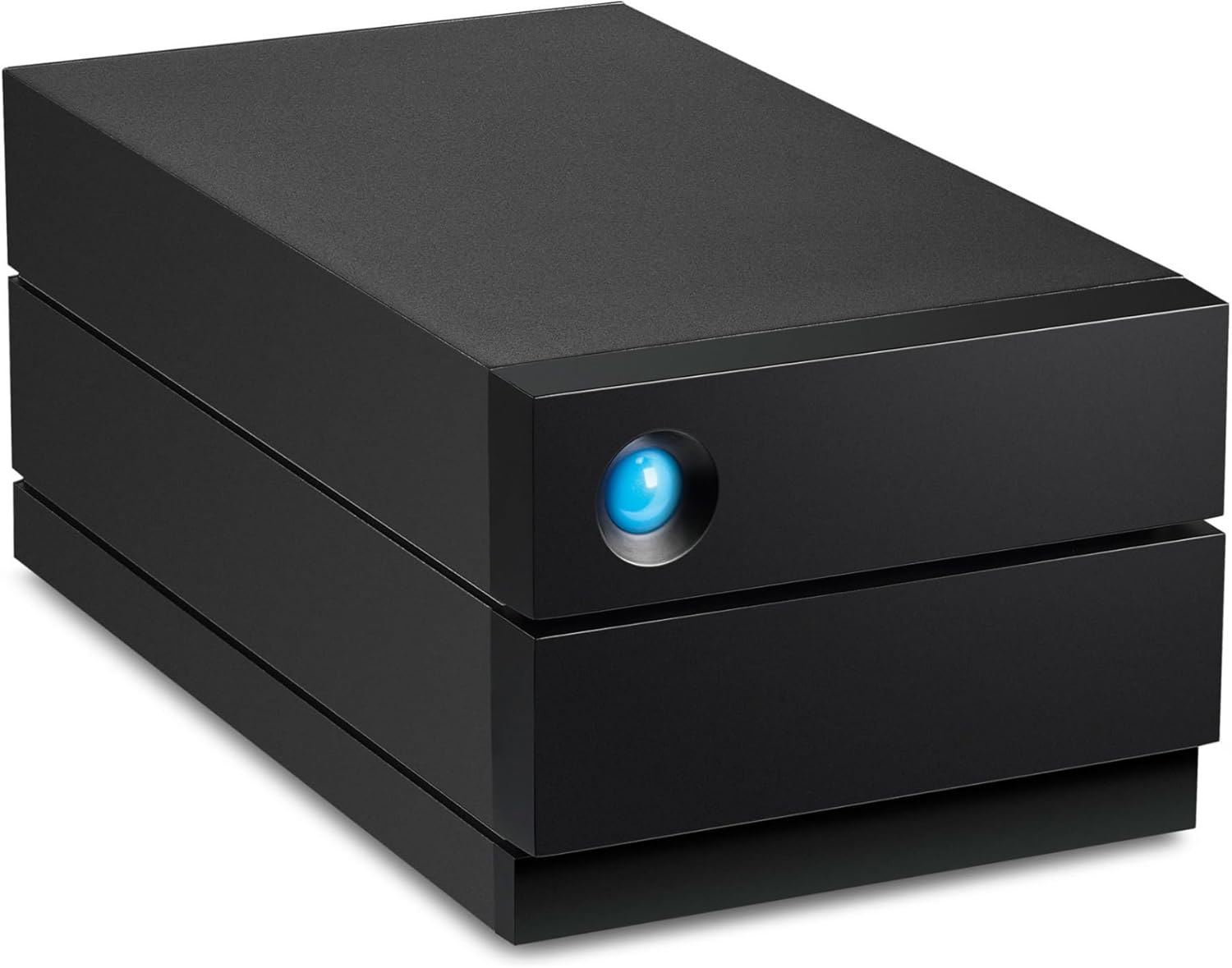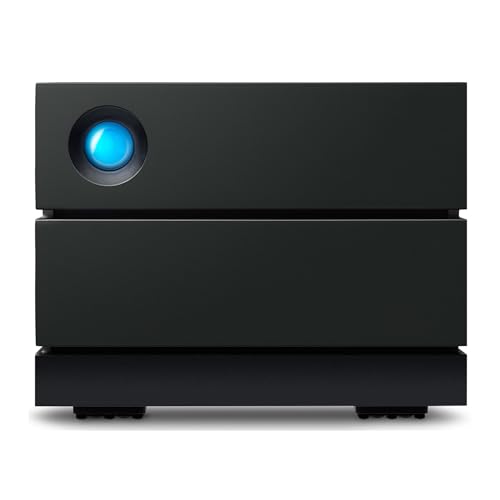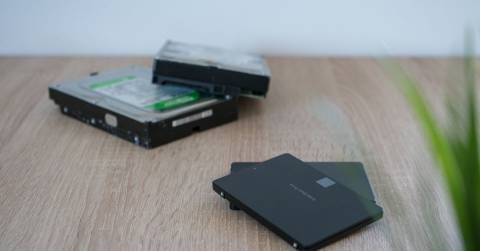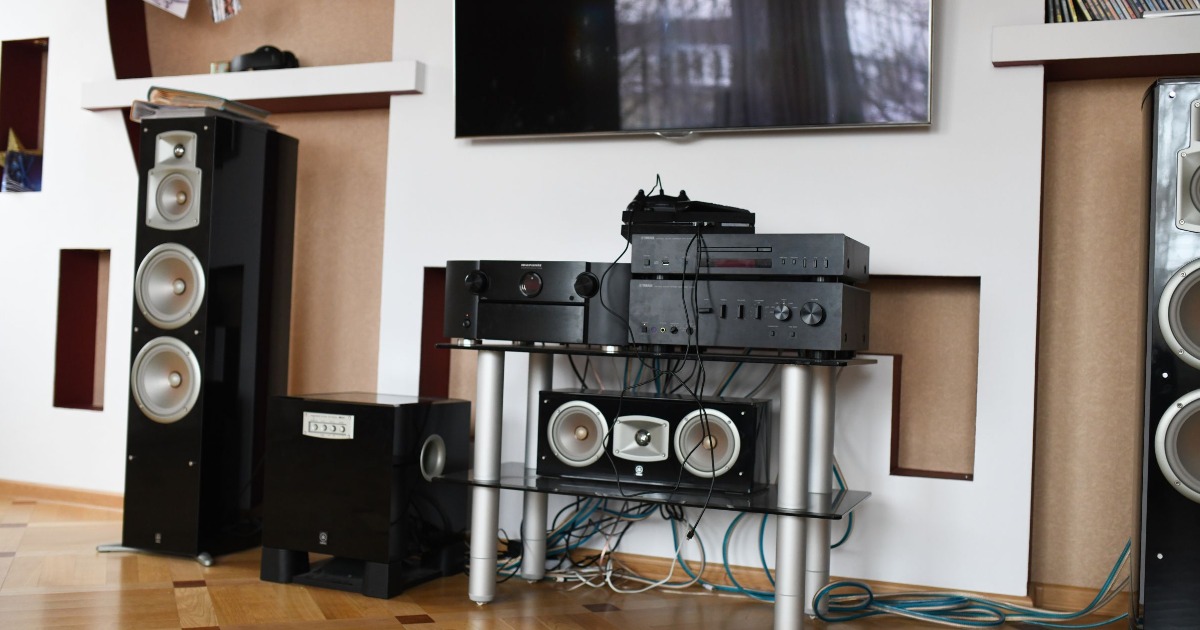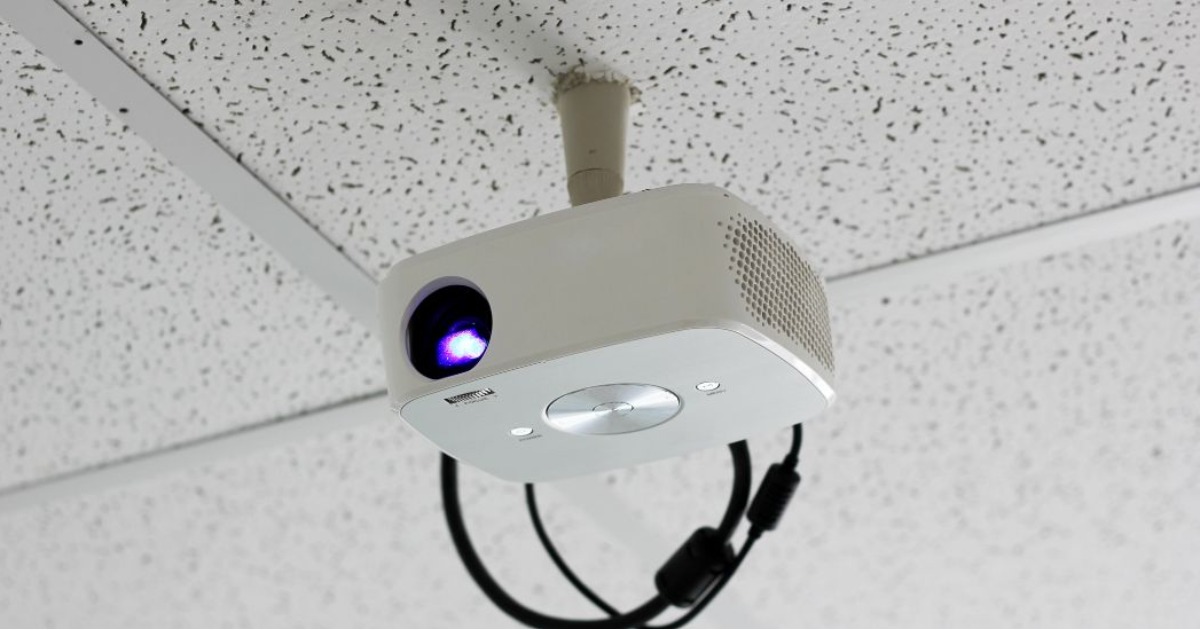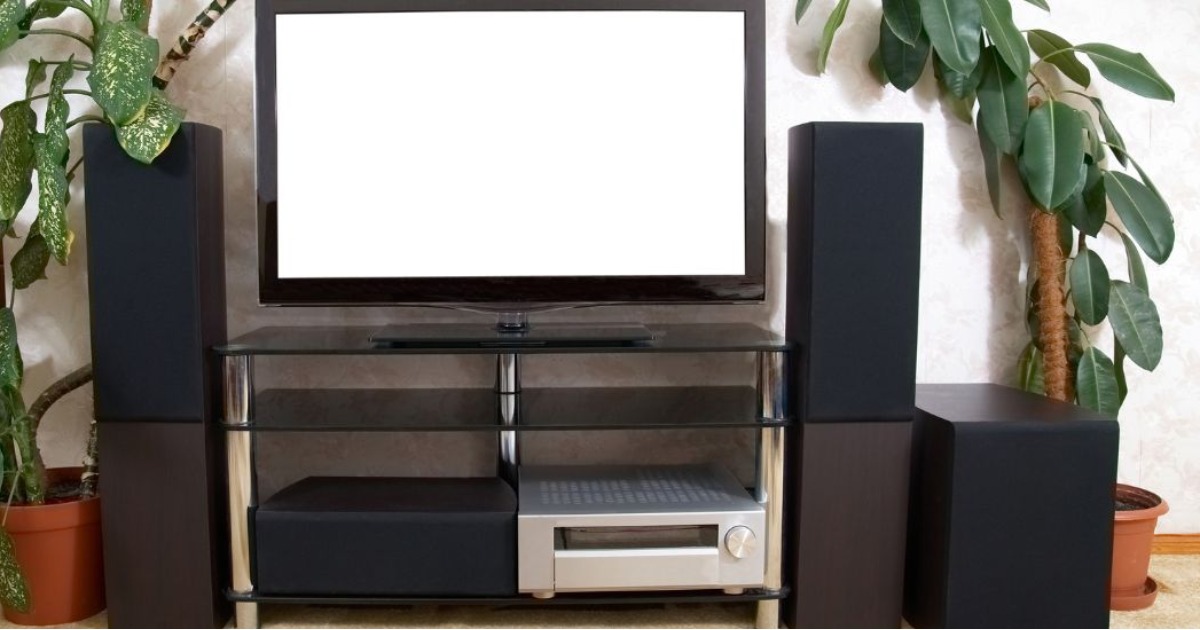The 8 Best Raid Drives Of 2025, Researched By Us
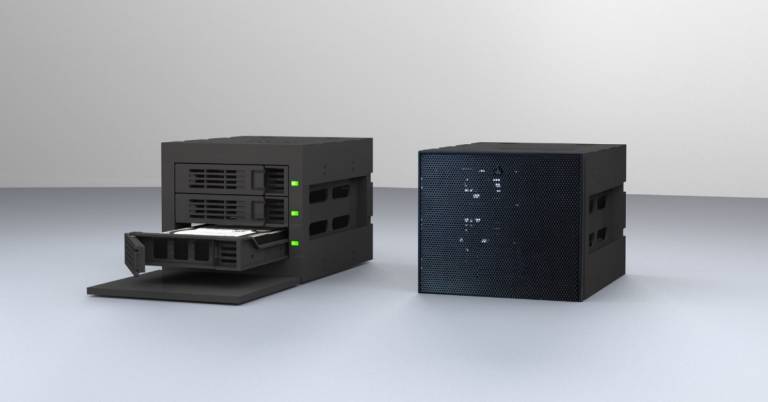
Summary
WD 16TB My Book Duo Desktop RAID
Synology 2-Bay DiskStation DS224+
LaCie 2big RAID Storage
RAID drives have become increasingly important for anyone looking to combine speed, reliability, and data protection in their storage setup. While some users prefer standalone external drives or cloud backups, RAID drives offer a middle ground that balances performance and redundancy, making them ideal for professionals, content creators, and tech enthusiasts alike.
The WD 16TB My Book Duo Desktop RAID is a dependable choice, allowing you to easily switch to RAID-1 for mirrored backups, or even use the drives independently. Whether you’re managing large media files, running a home server, or safeguarding critical business data, these drives offer the performance and peace of mind needed for demanding tasks.
Setting up RAID may seem technical at first, but once configured, it provides seamless data protection and improved access speeds. With a variety of options available, you can customize your RAID array to match your capacity needs and budget. Below, we highlight the best RAID drives that combine speed, reliability, and value for a wide range of users.
Our Top Picks
Up to 44TB storage capacity RAID-0, RAID-1, or JBOD options Functions as an accessory hub Fast USB-C and USB-A support
Take a little time to set up initially
The WD My Book Duo is a high-performance hub for organizing your digital world. With a massive capacity of up to 44TB and support for RAID-0, it’s ready to go right out of the box with maximum speed and storage. Prefer redundancy over speed? Thanks to the included software, you can easily switch to RAID-1 for mirrored backups, or even use the drives independently.
It connects via USB 3.2 Gen 1 or 3.0 and includes Type-C and Type-A cables, making it compatible across various devices. As a bonus, it functions like a mini docking station with two USB hub ports to connect accessories or charge devices—perfect for creative professionals managing multiple peripherals.
Although it can take a little time to set up initially, once it's configured, the experience is smooth and highly reliable. These small details are easy to overlook, considering the sheer functionality and storage power packed into this device.
Software-based RAID flexibility Centralized file and media access Ideal for remote team sync Supports streaming to smart devices
The power cord could be more secure
The Synology DS224+ delivers an impressive balance of flexibility and functionality by using software-based RAID via its DSM (DiskStation Manager) operating system. Instead of relying on a physical RAID controller, the DS224+ uses Synology’s trusted software to set up RAID configurations, making it easy to manage and expand without specialized hardware.
This makes it ideal for users who want enterprise-level RAID capabilities like data redundancy and drive mirroring, without the learning curve of traditional RAID hardware. It acts as a private cloud that syncs across platforms and locations, enabling remote teams to collaborate smoothly and securely. Whether you’re managing large photo libraries, backing up devices, or streaming media to smart TVs, this system handles it all with ease.
However, it would be best if the power cord could be more secure cause it tends to unplug a bit easily. Despite this, this NAS is a smart, long-term investment for those who prioritize ownership, access, and safety over plug-and-play simplicity.
Massive 48TB storage capacity Hot-swappable drive design RAID setup tool for beginners Includes Rescue Recovery Services
A bit on the pricey side
The LaCie 2big RAID Drive is a storage solution that’s as thoughtful as it is powerful. With up to 48TB of space, it’s ready for creative projects that demand high capacity and consistent performance. Inside, you’ll find enterprise-class IronWolf Pro drives built for 24/7 use, running at 7200 RPM for smooth, responsive operation.
New to RAID setups? The included LaCie Toolkit walks you through the process in minutes, helping you optimize the drive for speed, space, or redundancy depending on your needs. And thanks to hot-swappable drives, replacing a unit doesn’t require shutting down your system—a real plus during busy workflows.
Added peace of mind comes from LaCie’s Rescue Data Recovery Services, offering one of the highest success rates in the industry. There's also an integrated RAID manager that provides audible alerts and email updates to keep you informed of system health. While the price point might feel a bit premium, it reflects the level of durability, performance, and security you're getting. For professionals who rely on data integrity, it's a solid long-term investment.
Supports up to 80TB capacity Multiple RAID configurations available Tool-free, tray-less drive swaps High-speed USB 3.0 interface
Plastic clips feel slightly fragile
The IO CREST RAID Drive brings together practical design and powerful storage capabilities in a compact, aluminum housing. Supporting five SATA drives of up to 16TB each, it’s capable of managing up to 80TB of data. Whether you need performance (RAID 0), redundancy (RAID 1 or 5), or independent drives (JBOD), this system has the versatility to fit your workflow.
Connection is flexible, too. USB 3.0 offers transfer speeds up to 5 Gb/s with UASP support for faster performance across major operating systems. If you're using the eSATA interface, just be sure your main system supports port multiplication to access all drives simultaneously.
The built-in fans and thermally efficient aluminum body also help keep your drives cool during heavy use. Although the plastic clips securing each drive may feel a bit delicate and don’t come with replacements, careful handling helps maintain durability. Given the system’s wide range of RAID options and robust design, it offers impressive value for users with advanced storage needs.
Up to 44TB total capacity USB 3.2 Gen 2 for 10 Gbps speed Tool-free push-lock drive trays Smart fan adjusts to temperature
NVMe cooling could be improved
The TERRAMASTER D2-320 proves that high-speed data access and user-friendly design can go hand in hand. Equipped with USB 3.2 Gen 2, it offers transfer speeds up to 10 Gbps. When configured with SSDs in RAID 0, users can enjoy read speeds of over 1000MB/s—perfect for large file transfers or real-time editing workflows. With HDDs, speeds still reach a highly respectable 521MB/s.
Its hardware RAID options include RAID 0 for speed, RAID 1 for redundancy, as well as JBOD and SINGLE modes. In RAID 1, automatic recovery upon drive replacement ensures peace of mind in case of failure. Plus, support for up to two 22TB drives means you can scale storage up to a massive 44 TB.
One of the most important benefits of the tray is its tool-free, push-lock design, which enables the shifting of drives to be both quick and secure. It also has a smart temperature that controls fans to keep things running cool without generating much noise. However, it would be best if the NVMe cooling could be improved.
Multiple RAID modes supported Cross-platform USB-C connection Lockable, secure drive bays Works as NAS expansion unit
Cannot merge storage with NAS
The QNAP TR-004 offers a straightforward way to expand storage, either for your computer or a compatible QNAP NAS. It supports up to four 3.5-inch SATA drives and offers a wide range of RAID configurations, including 0, 1, 5, JBOD, and individual disks, giving customers complete flexibility over speed and data safety. The included QNAP External RAID Manager software makes it easy to set up RAID arrays and monitor disk health.
Connecting via USB Type-C, the TR-004 works across Windows, macOS, and Linux systems, and it can also be used to back up or extend your QNAP NAS storage. The lockable drive bays offer added security, and the plug-and-play functionality keeps the experience user-friendly.
However, it's important to note when using the TR-004 with a NAS. It works as a separate storage pool or volume and cannot be combined with the primary NAS storage. However, if you’re looking for a dedicated external RAID unit with cross-platform compatibility and reliable performance, the TR-004 remains a strong and practical choice.

Ships in RAID 1 mode Up to 510MB/s in RAID 0 Thunderbolt 3 + USB ports PRO-BLADE SSD slot included
SSD Mag sold separately
The SanDisk Professional RAID Drive is designed with creative professionals and high-capacity workflows in mind. Outfitted with two Ultrastar enterprise-class 7200RPM drives, it delivers up to 36TB of storage and excellent performance. Pre-configured in RAID 1 for redundancy, you can easily switch to RAID 0 for maximum speed, reaching read speeds up to 510MB/s, depending on the setup.
What distinguishes this item is the built-in PRO-BLADE SSD Mag slot, which enables quick storage expansion without creating physical clutter. Combined with Thunderbolt 3 (40 Gbps) and USB (10 Gbps) interfaces, this drive is ready for high-speed data transfers and real-time editing tasks.
Its thoughtful design even includes color-coded cable indicators, ensuring optimal setup without guesswork. While the PRO-BLADE SSD Mag must be purchased separately to unlock its full potential, the base unit itself offers robust, enterprise-level performance right out of the box.
More To Consider
Up to 112TB storage support Fast 10GbE & USB transfers AI-powered photo management Strong privacy & data control
Some apps are hard to download globally
At first glance, the UGREEN DXP4800 impresses with its vast storage potential—holding up to 112TB, it can manage everything from years of photos and videos to high-resolution production files without skipping a beat. Whether you're backing up a personal archive or a small team's workload, this unit gives you the flexibility to scale with ease.
It also supports a wide range of RAID configurations, so you can choose speed, redundancy, or a blend of both depending on your needs. And if data protection is at the top of mind, the built-in encryption and customizable permission settings offer strong safeguards without overcomplicating the user experience. With its 10GbE network port and USB 3.2 Gen2 ports, it can even back up 1GB in under a second.
The setup process is streamlined thanks to the companion app, which also supports seamless access across Windows, macOS, Android, iOS, smart TVs, and web browsers. Nonetheless, one thing to keep in mind is that some users in certain regions may find it difficult to download a few apps due to availability restrictions. Still, for most users, the DXP4800 offers a smart way to move beyond external hard drives and into a more centralized, cloud-like experience.
What to Look For in a best raid drives?
The best raid drives is influenced by a multitude of factors, including all those stated below. Depending on the sort of product, the learning process differs. We'll be ready to aid you and propose solutions since we're here to support you.
It's necessary to remember the following factors before selecting best raid drives:
Data Redundancy and Fault Tolerance
RAID configurations, such as RAID 1, RAID 5, and RAID 6, provide redundancy and fault tolerance. They ensure that in the event of a disk failure, data remains accessible, minimizing downtime and the risk of data loss. RAID 1 achieves this through mirroring, RAID 5 and 6 utilize parity for data recovery, allowing operations to continue even when one or two disks fail, respectively.
Improve Performance
RAID 0, known for striping data across multiple disks, significantly boosts read-and-write performance by utilizing multiple disks concurrently, but it lacks redundancy. So, if you have applications that need both high performance and redundancy, RAID 10 is best for your business because it combines the benefits of RAID 0 and RAID 1.
Increase Storage Capacity
By combining multiple disks into a single logical unit, RAID configurations can significantly increase storage capacity. RAID 0, for example, allows for full utilization of all disks' storage, although without redundancy. With RAID 5 and 6, you get both increased capacity and data protection.
Scalability
RAID configurations provide scalability, enabling you to expand the server’s storage capacity and performance during an uptick. If you need to upgrade a RAID setup, you can simply choose to add more disks or switch to a configuration that better meets your evolving requirements.
Enhance Data Protection
With RAID 6, you get an extra layer of data protection with dual parity, safeguarding against multiple disk failures. This level of protection is for mission-critical systems when data integrity is vital.
Cost Effectiveness
RAID can be a cost-effective solution for businesses. While RAID 1 provides a straightforward approach to redundancy without significant overhead, RAID 5 and RAID 10 offer a balance of performance, redundancy, and storage capacity without requiring the most expensive hardware.
Load Balancing
Certain RAID levels can help distribute workloads evenly across multiple disks, preventing any single disk from becoming a bottleneck. This improves the overall efficiency and performance of the system.
FAQs
1. What is a RAID drive and why should I use one?
A RAID drive is a storage solution that combines multiple hard drives to improve performance and/or data redundancy. It helps protect your data from drive failures and can speed up data access, making it ideal for professionals and enthusiasts.
2. Which RAID level is best for data protection?
RAID 1 (mirroring) and RAID 5 (striping with parity) are popular choices for data protection. RAID 1 duplicates data across drives, while RAID 5 balances redundancy with storage efficiency.
3. Can I use any hard drive for RAID setups?
Not all drives are optimized for RAID. It’s best to use drives specifically designed for RAID environments, such as NAS or enterprise-grade drives, to ensure better reliability and compatibility.



